Article Worker
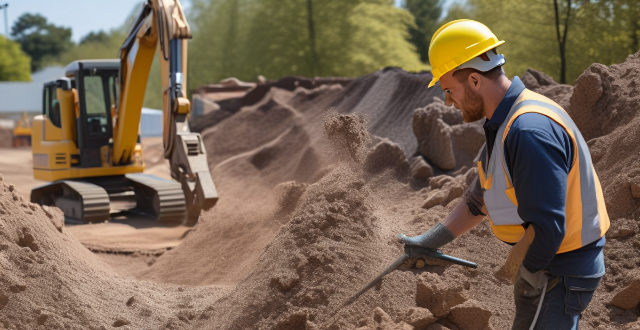
What is the role of personal protective equipment (PPE) in ensuring construction site safety ?
The article discusses the crucial role of Personal Protective Equipment (PPE) in ensuring safety on construction sites. It emphasizes the importance of PPE in protecting workers from physical, chemical, biological, and environmental hazards. The article also highlights the legal implications of not using PPE, as well as its potential to enhance worker productivity. Furthermore, it outlines various types of PPE used on construction sites, such as head protection, eye and face protection, hearing protection, hand protection, foot protection, respiratory protection, and fall protection. The article also provides best practices for using PPE effectively, including proper fit and comfort, maintenance and replacement, training and awareness, and storage and accessibility. Finally, the article concludes that PPE is an essential component of any construction project's health and safety protocols.
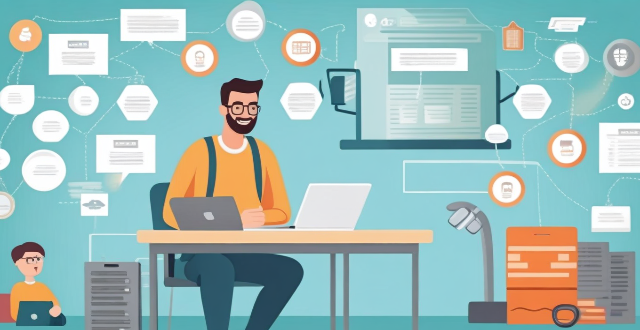
How can employers ensure that their workers are using PPE correctly ?
In order to ensure the safety of their workers, employers should provide regular training and education on how to use personal protective equipment (PPE) correctly. Regular inspections should be conducted to check that workers are using the correct type of PPE for their job and that it is being used correctly. Providing adequate PPE is also important, as well as encouraging workers to report any hazards they encounter while working with PPE. By following these steps, employers can help reduce the risk of workplace injuries and illnesses.

How does PPE protect against chemical exposure in industrial settings ?
In industrial environments, workers are often exposed to hazardous chemicals that can pose significant health risks. Personal Protective Equipment (PPE) plays a crucial role in safeguarding these workers from potential harm. This article delves into the various types of PPE and how they protect against chemical exposure. Types of PPE for Chemical Protection include respiratory protection such as filtering facepiece respirators, powered air-purifying respirators, and self-contained breathing apparatuses; skin and eye protection like chemical-resistant gloves, aprons and suits, and goggles and face shields; and foot protection like chemical-resistant boots. PPE works against chemicals by forming a physical barrier between the worker and the chemical, absorbing or adsorbing chemicals before they reach the user, and isolating the user completely from the external environment. Best practices for using PPE include ensuring proper fit and comfort, regular inspection and maintenance, and comprehensive training and education on how to use PPE effectively. The correct use of PPE is essential for the safety of workers in industries where chemical exposure is a risk. Employers must ensure that appropriate PPE is provided, maintained, and used correctly to create a safer work environment.

What are the safety regulations for working at heights ?
This article discusses the importance of safety regulations for working at heights, including general safety measures and specific safety regulations. It emphasizes the need for proper training and education, personal protective equipment, inspection and maintenance of equipment, and work area preparation. The article also covers fall protection systems, ladder safety, and scaffolding safety. Overall, it highlights the significance of prioritizing safety when working at heights to minimize the risk of accidents and ensure worker well-being.

How do you manage risks associated with working at height in construction ?
Managing risks associated with working at height in construction requires proper risk assessment, use of appropriate equipment and tools, worker training, implementation of control measures, and ongoing monitoring and review of safety measures. By following these strategies, you can help ensure the safety of workers and prevent accidents while working at height.

What is the role of respirators in chemical protection, and how are they classified ?
Respirators play a crucial role in chemical protection by filtering out harmful particles and chemicals from the air. They are designed to protect workers from inhaling toxic substances, such as gases, vapors, and particulate matter, that may be present in their work environment. Respirators are essential for ensuring worker safety and preventing respiratory diseases caused by exposure to hazardous chemicals. Respirators can be classified into two main categories based on their design and function: air-purifying respirators (APRs) and atmosphere-supplying respirators (ASRs). APRs remove contaminants from the air before it is inhaled, while ASRs provide clean air from an external source through a hose or pipeline. When selecting a respirator for chemical protection, several factors must be considered, including the type of hazard, level of protection required, fit and comfort, and maintenance and care. By understanding the different types of respirators and selecting the appropriate one based on the specific hazard, employers can help ensure the safety and health of their employees.

What are some best practices for preventing falls at construction sites ?
Preventing falls at construction sites is crucial for worker safety. Best practices include using fall protection systems like safety nets, personal fall arrest systems, and guardrails; training workers on fall prevention; maintaining a clean and organized work area; conducting regular safety inspections; and ensuring workers wear proper footwear. Following these practices can help prevent accidents and keep workers safe.
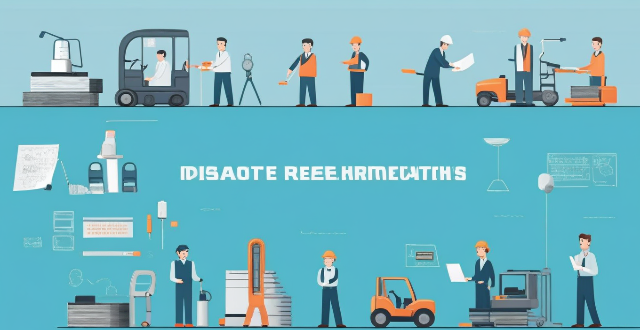
How do safety regulations apply to the mining industry ?
The text discusses safety regulations in the mining industry, emphasizing the importance of equipment maintenance, worker training, emergency response procedures, and personal protective equipment (PPE) requirements to ensure a safe working environment for employees. It highlights the need for regular inspections, maintenance schedules, repair protocols, initial and ongoing training, hazard identification, evacuation plans, first aid kits, communication systems, hard hats, gloves, safety glasses or goggles, and hearing protection as crucial elements of these regulations. The article concludes by stressing the significance of prioritizing safety above all else to minimize risks and prevent accidents in the mining industry.
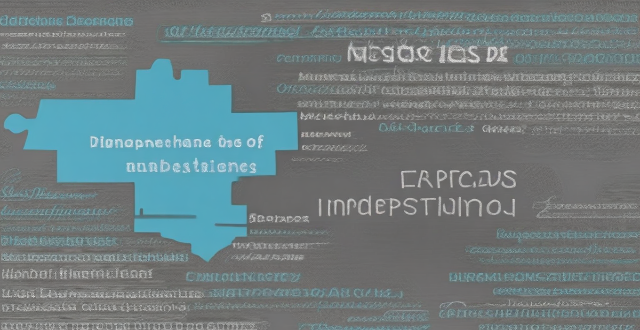
What is the importance of understanding material safety data sheets (MSDS) in chemical handling and protection ?
The text discusses the importance of understanding Material Safety Data Sheets (MSDS) in chemical handling and protection. It explains what an MSDS is, its significance for health and safety, compliance with regulations, environmental protection, and risk management. The article emphasizes that understanding MSDS is crucial for workers and employers to ensure a safe and healthy work environment.

Which celebrity just released a new song or album ?
This article discusses the latest releases from popular artists, including Taylor Swift's folklore-inspired single "Willow", Adele's highly anticipated comeback with her pop ballad "Easy On Me", and BTS's K-Pop album "BE (Deluxe Edition)". The article also encourages readers to discover new music and enjoy the talents of various musicians.

Are there any budget-friendly options for heating and cooling my home efficiently ?
This article discusses budget-friendly options for efficient heating and cooling, including programmable thermostats, ceiling fans, ductless mini-split systems, and solar panels. It highlights the energy efficiency and cost-effectiveness of these solutions, as well as their customizable settings and aesthetic appeal. The article also emphasizes the importance of considering factors such as climate, local regulations, and personal preferences when choosing the best option for your needs.

How often should PPE be replaced or maintained to ensure effectiveness ?
Ensuring the effectiveness of Personal Protective Equipment (PPE) is crucial for worker safety and health. PPE should be replaced or maintained regularly to ensure its effectiveness. Conducting regular inspections, following manufacturer recommendations, proper maintenance practices, and ongoing training and education are essential steps in ensuring the effectiveness of PPE. Workers should be educated on the importance of maintaining and replacing PPE regularly to ensure their safety.

What are the long-term effects of ignoring the intersection between climate change and poverty ?
The article discusses the long-term effects of ignoring the intersection between climate change and poverty, including environmental consequences such as deforestation and soil degradation, social consequences such as food insecurity and health risks, and economic consequences such as reduced economic growth and increased migration. It emphasizes the importance of addressing this issue to achieve sustainable development goals and create a more equitable and resilient future for all.

How do I choose the right backpack for my outdoor adventure ?
The article provides guidance on how to choose the right backpack for outdoor adventures. It suggests considering factors such as size and capacity, comfort, durability, organization, and accessibility. The article also offers tips for trying on a backpack, including wearing appropriate clothing, adjusting straps, adding weight, and taking a test walk.

How can children be encouraged to speak up if they feel unsafe ?
The article emphasizes the importance of creating a safe and supportive environment for children to express themselves without fear of judgment or criticism. It suggests educating children about personal safety, role-playing different scenarios, and discussing potential consequences of not speaking up if they feel unsafe. The article also recommends teaching children who to trust, encouraging them to use their voice, and providing options for seeking help. Overall, it highlights the significance of empowering children to take action and advocate for their own safety.

Can economic growth be achieved while also protecting the environment ?
The article explores the complex relationship between economic growth and environmental protection. It presents two perspectives: the trade-off perspective, which suggests a conflict between the two goals, and the win-win perspective, which argues that they can coexist. The article then outlines strategies for achieving both objectives, including investing in green technology, promoting sustainable business practices, implementing government policies, and raising public awareness. It concludes that collaboration among stakeholders is necessary to create a sustainable future.

How do safety regulations affect the manufacturing industry ?
Safety regulations are critical in manufacturing for worker safety, environmental protection, and product quality assurance but can increase costs and administrative burden while potentially slowing innovation.

What are some unique street food dishes from around the world ?
This article provides an overview of various unique street food dishes from different parts of the world. It highlights dishes such as Poutine from Canada, Ceviche from Peru, Satay from Indonesia, Falafel from the Middle East, and Jalebi from India. The article describes each dish's key ingredients and characteristics, highlighting their cultural significance and culinary traditions.

What are some examples of recent extreme weather events ?
This article discusses recent examples of extreme weather events that have caused significant damage to human life, property, and the environment. These include Hurricane Ida (2021), Australian Bushfires (2019-2020), California Wildfires (2020), European Heatwave (2019), Japanese Typhoon Hagibis (2019), and Indian Cyclone Amphan (2020). The article concludes by emphasizing the need for individuals, communities, and governments to take action to mitigate the effects of these events and adapt to changing weather patterns.

What role does credit scoring play in credit management ?
This article discusses the importance of credit scoring in credit management. It explains what credit scoring is, its role in risk assessment, fairness and objectivity, efficiency and accuracy, customization, and compliance with regulations. The article emphasizes that credit scoring is a crucial tool for lenders to evaluate borrowers' creditworthiness and make informed decisions about approving loans.
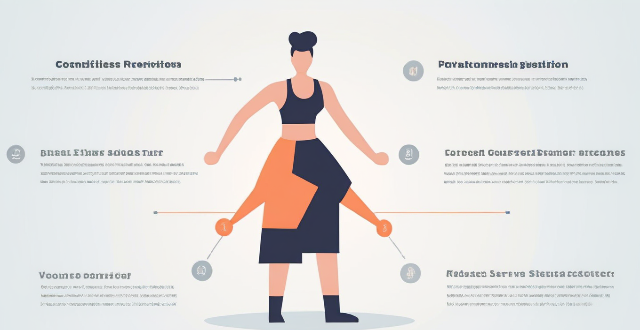
What is a good workout routine for beginners at the gym ?
This article provides a comprehensive guide for beginners on how to start a workout routine at the gym. It includes warm-up exercises, cardiovascular and strength training exercises, and cool down stretches. The article emphasizes the importance of starting slowly and gradually increasing the intensity of workouts. With dedication and consistency, beginners can achieve their fitness goals and improve their overall health and well-being.
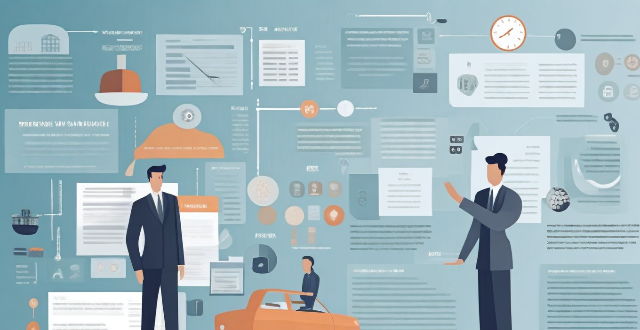
How have recent climate disasters impacted the discourse on global climate governance ?
The article discusses how recent climate disasters have impacted the discourse on global climate governance. It highlights increased awareness and urgency of addressing climate change, focus on resilience and adaptation measures, and the need for collaboration and cooperation among nations. The article concludes that effective strategies and policies are necessary to mitigate the impacts of climate change and ensure a sustainable future.
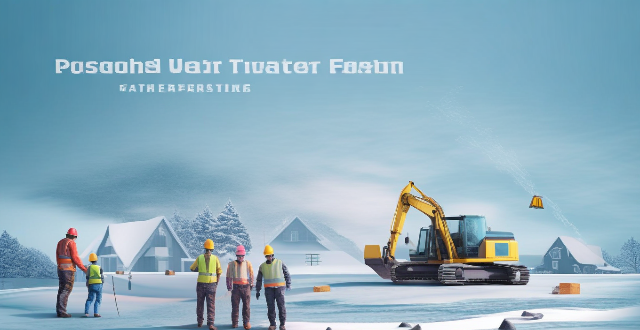
How do weather conditions affect building safety during construction ?
The text discusses the impact of various weather conditions on building safety during construction. It highlights the risks associated with extreme heat, cold weather, rain and water, strong winds, snow and ice, and lightning and thunderstorms. The conclusion emphasizes the importance of monitoring weather forecasts and adjusting working procedures to ensure worker safety.

How do global ESG standards vary across different industries ?
Global Environmental, Social and Governance (ESG) standards are used by organizations to measure and manage their impact on the environment, society, and governance. These standards vary across different industries due to the unique challenges and opportunities each industry presents. In the energy industry, ESG standards focus on reducing greenhouse gas emissions, improving air quality, and promoting renewable energy sources. The financial services industry faces unique ESG challenges related to responsible investment, diversity and inclusion, and ethical business practices. Manufacturing companies face ESG challenges related to waste reduction, worker safety, and supply chain management. The healthcare industry faces unique ESG challenges related to patient safety, data privacy, and access to affordable healthcare. The technology industry faces ESG challenges related to digital security, privacy protection, and responsible innovation. By focusing on specific areas of concern within each industry, organizations can work towards creating a more sustainable future while also improving their overall performance and reputation.
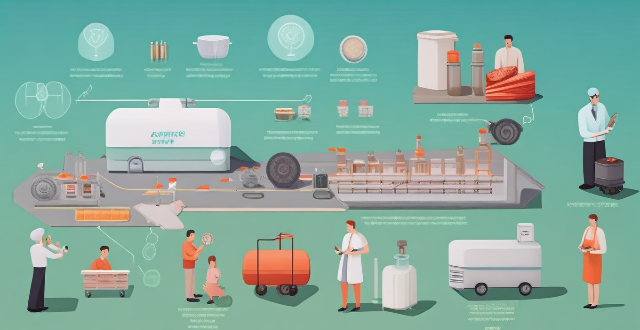
What role does technology play in climate adaptation ?
The article discusses the various ways in which technology can aid in climate adaptation. It mentions data collection and analysis, modeling and prediction, infrastructure development, agriculture and food security, water management, and health and well-being as key areas where technology is used. The article concludes that technology plays a crucial role in understanding and mitigating the challenges posed by climate change.
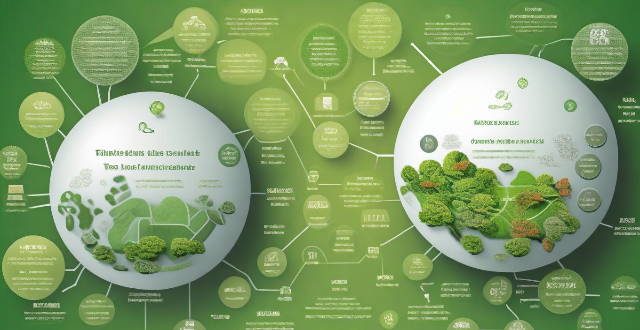
What are the economic impacts of climate loss and damage ?
The article discusses the economic impacts of climate loss and damage, including direct impacts on agriculture, coastal communities, and health, as well as indirect impacts on the energy sector, insurance and financial services, and the labor market. It highlights the need for a comprehensive approach to address these challenges.

Are there any buy-one-get-one-free offers at nearby restaurants ?
This article provides a detailed overview of buy-one-get-one-free offers at nearby restaurants. It lists the top 5 local eateries offering such deals, including their location, specific offer details, and timing. The article also explains how to avail these promotions by choosing a favorite restaurant, checking the timing, ordering accordingly, and enjoying the meal. Overall, it encourages readers to take advantage of these offers for a delicious dining experience without spending too much.

How does gold investment compare to other types of investments ?
This article compares gold investment with other types of investments, such as stocks, bonds, real estate, commodities (other than gold), and cryptocurrencies. It highlights the advantages and disadvantages of each type of investment, emphasizing that the choice of where to invest depends on individual goals, risk tolerance, and market conditions. The article also suggests conducting thorough research and seeking professional advice before making any investment decisions.

What role does media play in shaping our perception of cultural diversity ?
This article explores the significant role of media in shaping our perception of cultural diversity. It highlights how media exposure to different cultures, representation of cultural diversity, and influence on attitudes and beliefs contribute to understanding and appreciation of cultural diversity. The article encourages critical thinking and active seeking out of diverse perspectives to promote a more inclusive society.